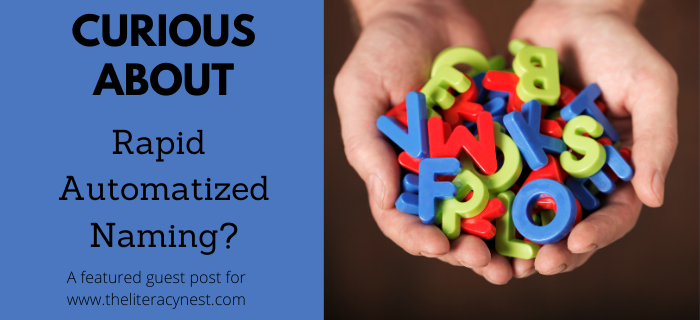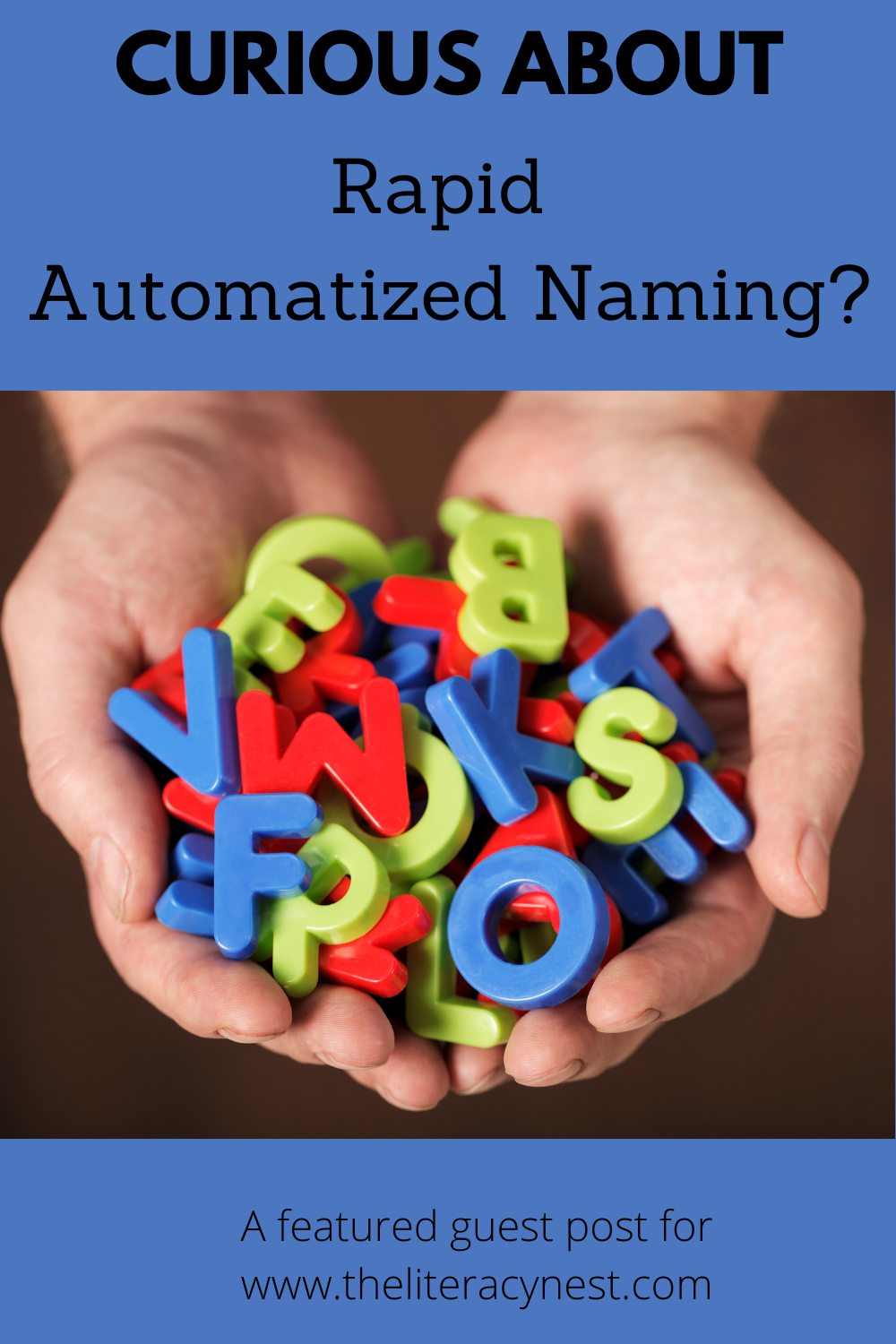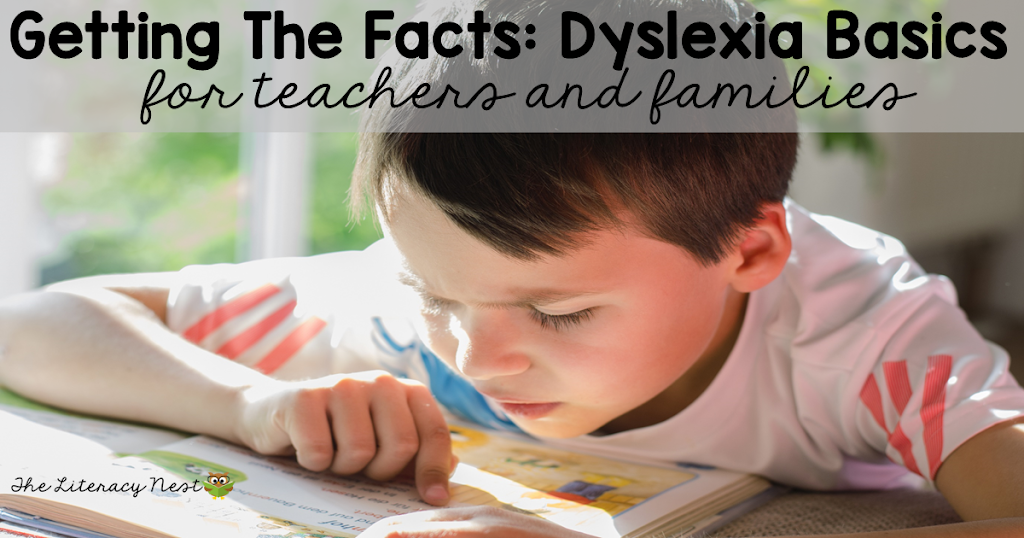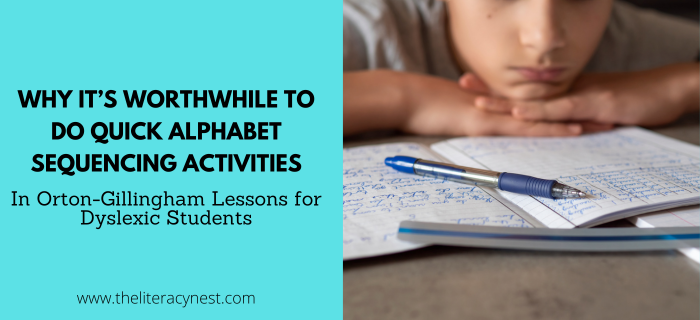Curious About RAN or Rapid Automatized Naming?

Educators and families have lots of questions about RAN or Rapid Automatized Naming. This is also referred to as Naming Speed. I am so happy to have Dr. Melissa Orkin sharing her knowledge with all of us about RAN or Naming Speed. Dr. Orkin has worked with Dr. Maryanne Wolf at Tufts’ University Center for Reading and Language Research. She is the director of Crafting Minds where she offers a variety of online professional development opportunities in areas of reading research and learning challenges.
On a personal note, Dr. Orkin was one of my trainers in the RAVE-O program. I have learned a great deal from her. It is an honor to have her write for The Literacy Nest. She will be one of the many talented presenters at Building Readers For Life Online Conference 2021. More on that later!
Curious about Naming Speed?
Increasing reading fluency is a common area of interest and challenge. As the former director for the Tufts’ Center for Reading and Language Research, I fielded many questions about fluency support, especially for students with weaknesses in Rapid Automatized Naming or RAN scores.
What is RAN?
RAN is a measure of students’ ability to retrieval a verbal label (or name) for a given symbol (object, letter, number or color). Rate of retrieval is highly predictive of later reading automaticity (Norton & Wolf, 2012) because the processing required for in a RAN task involves the same neurological mechanisms that are active in the brain’s “reading circuit.” Reports of students’ scores on RAN measures are becoming more common as dyslexia screening and eligibility testing expands nationally.
As educators work to differentiate instruction among their struggling readers, indicators like Below Average scores in Rapid Automatized Naming (also referred to as Naming Speed) provide insights into the root cause of students’ challenges.
As noted earlier, there is significant evidence to suggest that in order for students with low RAN scores to achieve fluency, they must become automatic not only in their retrieval of sounds in a word (phonology) and common letter patterns (orthography) which is the emphasis of phonics instruction, BUT ALSO word meaning (semantic), part of speech (syntax) and how the word might change with a prefix or suffix (morphology).
Here’s a quick video that explains Rapid Naming, how to measure it and how to support students with weaknesses in this area.
Join us!
Our upcoming November training is a virtual version of the RAVE-O program, a curriculum that was developed to support students with Naming Speed weaknesses and Double Deficit dyslexia.
Visit https://www.craftingmindsgroup.com/workshops.
About Dr. Melissa Orkin, Ph.D.

Melissa Orkin, Ph.D. is a developmental psychologist who specializes in specific learning disabilities, literacy development and achievement motivation. Dr. Orkin trained in the assessment and remediation of reading and learning disabilities with Dr. Maryanne Wolf, at the Tufts’ University Center for Reading and Language Research where she received her doctorate and served as a Program Director. She has worked as a reading teacher in the classroom, and in clinical settings. Dr. Orkin instructs on learning disabilities at Tufts University, and has also lectured on reading disabilities at the Harvard Graduate School of Education. She contributes to publications on a variety of educational topics including literacy development and executive function skills, and regularly provides professional development workshops and consults with public and private schools on best literacy practices






